Foreword
I had only heard about Nantes before, but never visited. A French friend recommended several cities in the Brittany region, and after doing some initial research and checking train ticket prices, I ultimately decided on Nantes.
Though administratively no longer part of the Brittany region, Nantes retains a rich Breton cultural heritage. Another draw was the city’s beautiful gardens, many of which are free to enter. Initially, the weather forecast predicted rain and poor air quality for the day of my visit. However, when I arrived, the weather was fantastic, with large fluffy clouds and a brilliantly blue sky—exactly how I like it.
Since I had already explored many museums in Paris, they were not a focus for this trip. As for itinerary planning, if you’re traveling with someone and prefer a more relaxed pace, staying overnight is ideal. However, if you’re short on time or just want a quick glimpse of the city, a same-day round trip from Paris is entirely doable. For my itinerary, I’d recommend arriving in Nantes by around 10 AM (which means departing from Paris between 7-8 AM) and heading back by 6-7 PM (arriving in Paris around 9 PM). Otherwise, things may feel rushed, with limited time to linger at certain places. For cheaper tickets, book about a month in advance and avoid traveling during French holidays or weekends.
Nantes is a medium-sized city, so whether you need a public transport pass depends on your plans. For this trip, I only purchased a one-hour ticket for the journey from Nantes University to the Jardin Extraordinaire. The rest of the time, I walked, though it was a bit tiring and the schedule a little tight. If you do need a ticket, bring coins, as the ticket machines don’t accept bills, and card payments can sometimes fail. Also, not all machines accept cards.
Regarding safety, I found Nantes to be slightly chaotic, with many homeless people and groups drinking on the streets. However, it’s unfair to define a city’s safety solely based on these observations.
In summary, Nantes offers several main areas for sightseeing: the train station area (with the botanical garden and castle), the port district, the central shopping area, and the Jardin Extraordinaire. Unfortunately, I didn’t have time to explore the port district, which features old dock facilities alongside newly built recreational attractions.
As for food, be sure to try the local specialties. Besides crêpes, don’t miss out on galettes. When it comes to drinks, I recommend trying cidre (known as cider in English).
Montparnasse Train Station
The train station is quite large, so it’s recommended to arrive at least 30 minutes before departure. If you purchased your ticket online, an electronic ticket will be sent to your registered email—simply open the PDF and scan the QR code. Alternatively, you can access your ticket through the SNCF app. If you don’t have a smartphone, you can print the ticket from your computer. You also have the option to purchase a paper ticket at the counter (if you buy from the counter, don’t forget to print it if necessary).

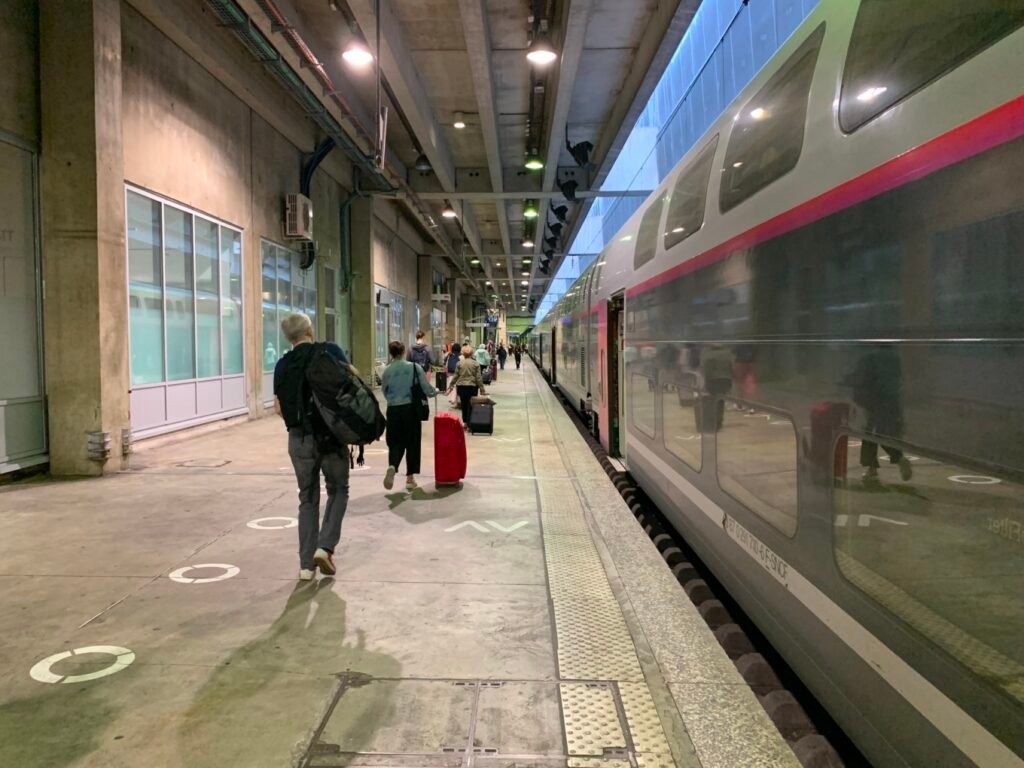
Nantes Station


Château des ducs de Bretagne


In front of the castle lies a body of water that perfectly reflects the castle, like a mirror.


The area where the castle’s moat once lay has now been transformed into a park. The main gate is a drawbridge from the medieval period. Visitors can access the walls for free.
However, there are occasional staircases along the walls, so it is recommended that people with limited mobility avoid climbing.

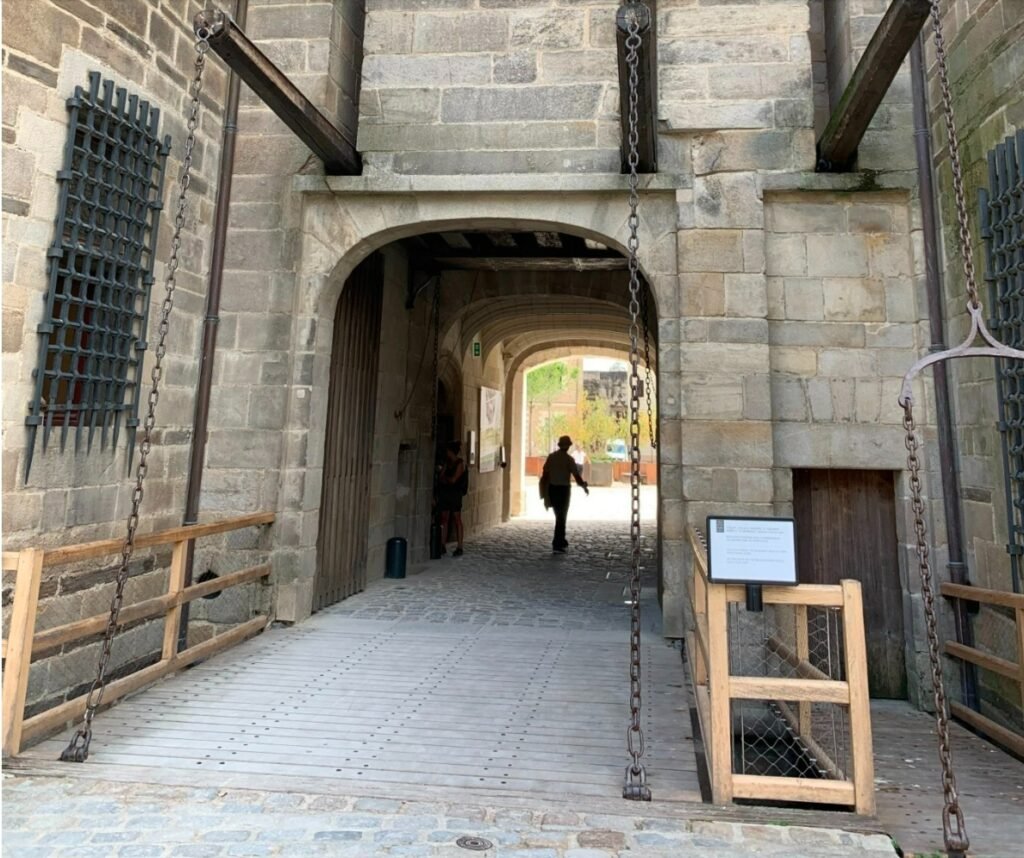
Right at the entrance of the castle, there is a place serving galettes and crêpes, which I recommend for first-time visitors to try. After placing my order, I wondered why they gave me a bowl. Later, when the cider (called cidre in French) arrived, the server poured it into the bowl. Afterward, I looked it up online and found that this is the traditional way to drink cider in Nantes.
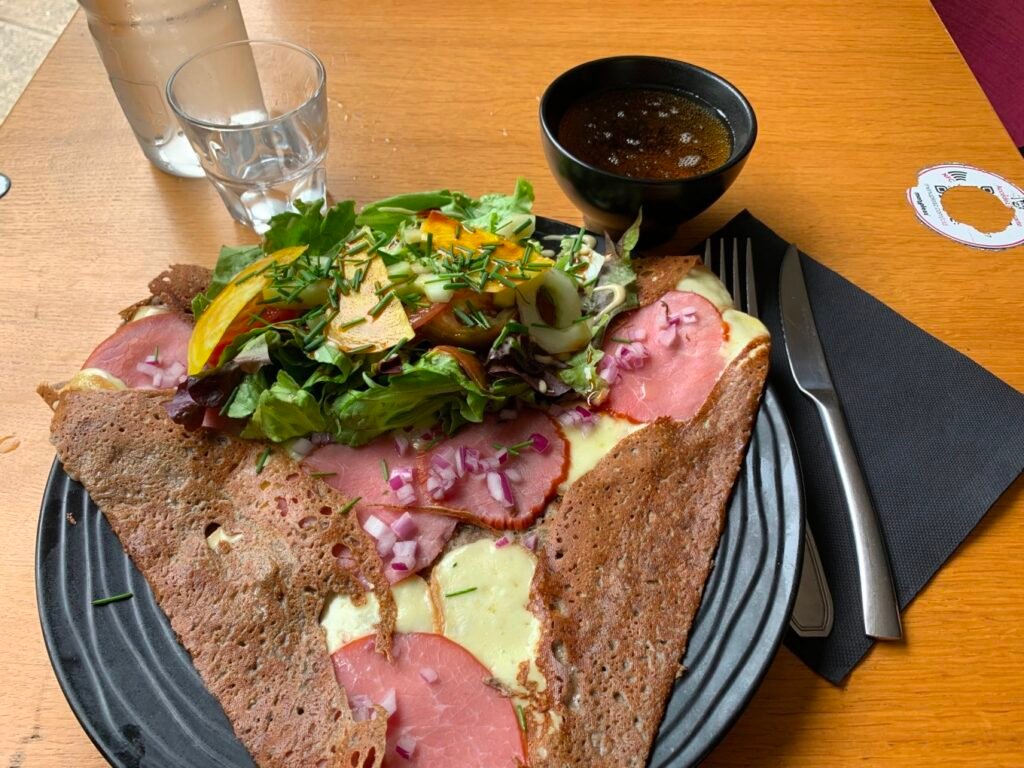
Nantes Cathedral
Due to a previous fire, the cathedral is still under renovation.
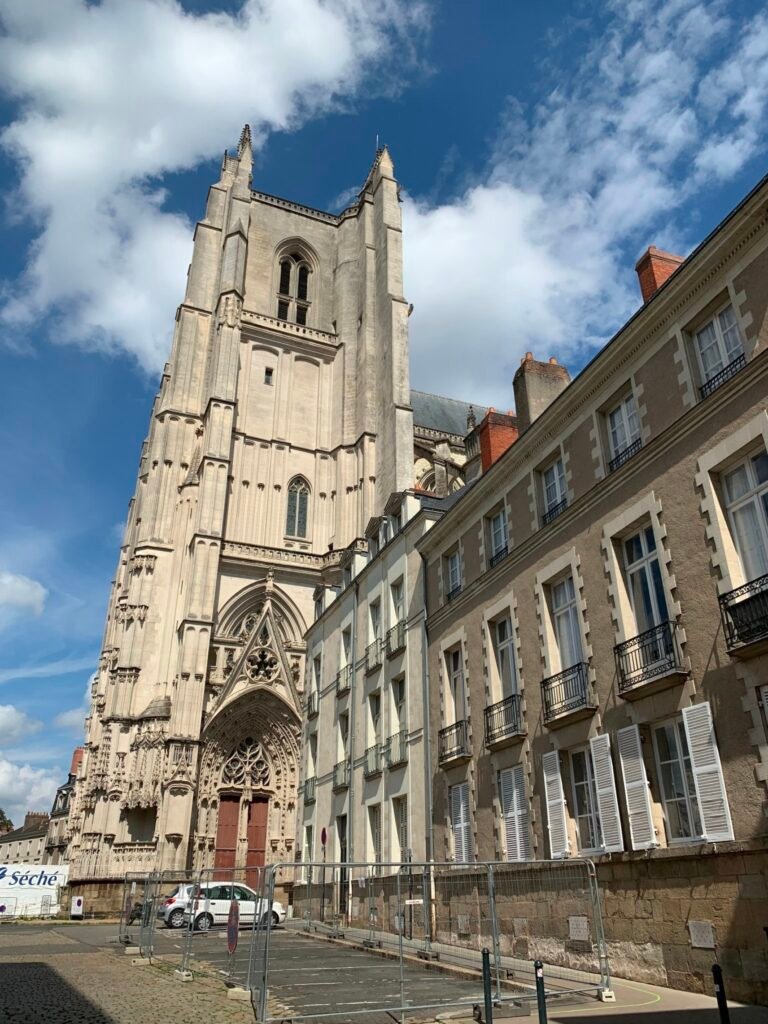

What impressed me most about Nantes is the vibrant and innovative atmosphere of the city. For example, the charging devices here are quite remarkable. Once charging is complete, the connector retracts automatically. Additionally, the charging cycle is very short, causing no disruption to surrounding traffic.


Île de Versailles Japanese Garden
This is one of the unique parks in Nantes, showcasing Japanese aesthetics. Inside, there seems to be a Japanese cultural center, which houses a dry landscape garden (Karesansui). Unfortunately, it was closed during my visit. You can find it on Google Maps by searching for “L’Île de Versailles.”


Honestly, the Japanese garden felt a bit underwhelming. It seemed somewhat neglected, and there were few visitors. However, the main elements of the landscape were still intact.
Nantes University
The trams in Nantes carry a sense of history. Some are new, while others are older models, but they don’t feel outdated. Instead, they evoke a nostalgic sense of historical depth.

Since the Japanese garden is not far from Nantes University, you can take the tram or simply walk there. Nantes University is quite large, and I mainly visited the School of Engineering.
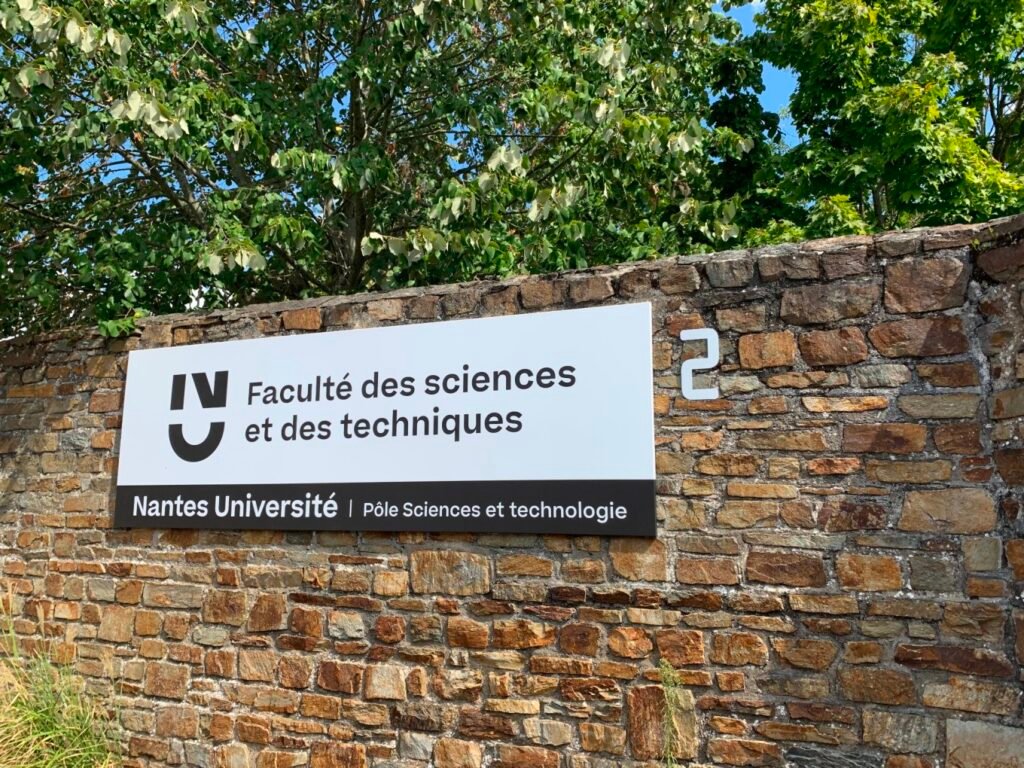

ardin Extraordinaire, this extraordinary garden, was the reason I decided to come to Nantes because it is so spectacular and beautiful.
France has two cities associated with Jules Verne: Amiens and Nantes. Nantes is where Verne was born, while Amiens is where he passed away.

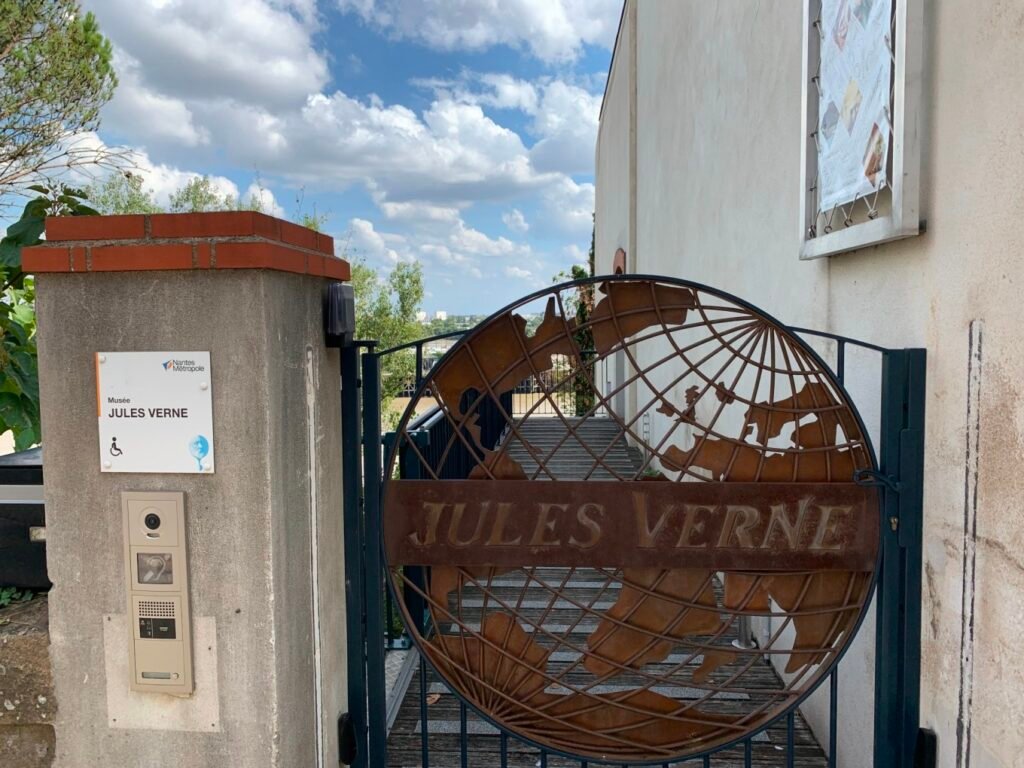
If you are interested, you can visit it, as it is theoretically ticketed. Directly opposite the Jules Verne Museum is a church. Continuing forward from Verne’s residence leads to an observation deck, and following the direction from the deck will take you to the garden.

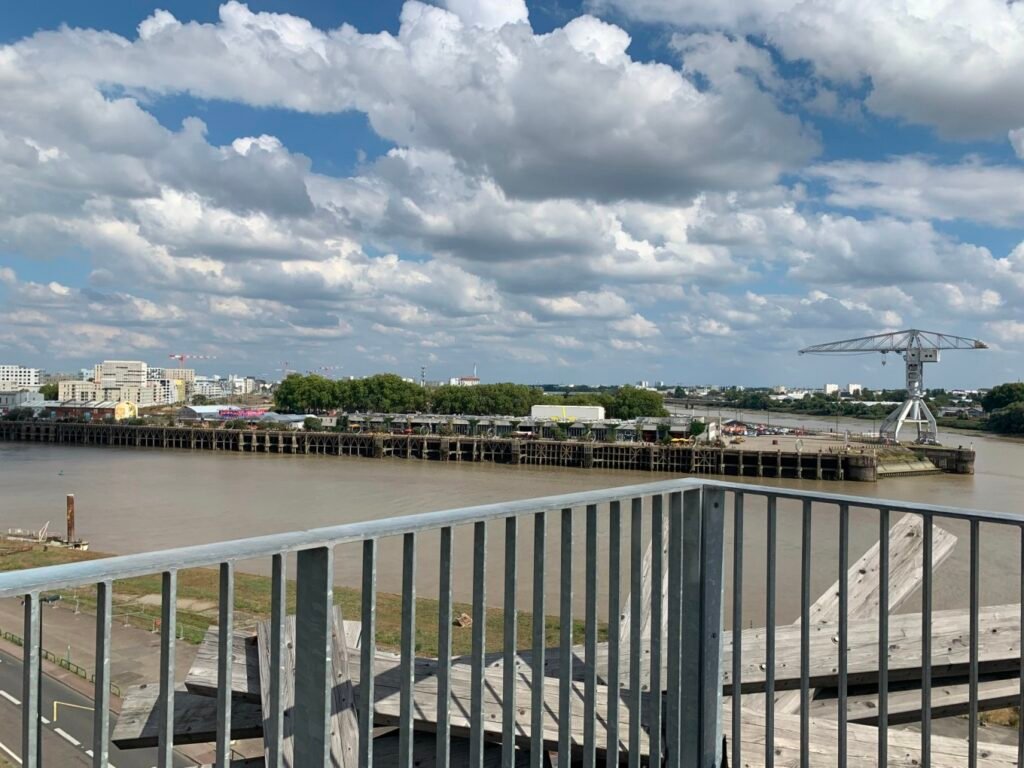
After descending the stairs from the observation deck, you might feel a bit desolate, but that’s just the beginning—the excitement is just about to unfold.
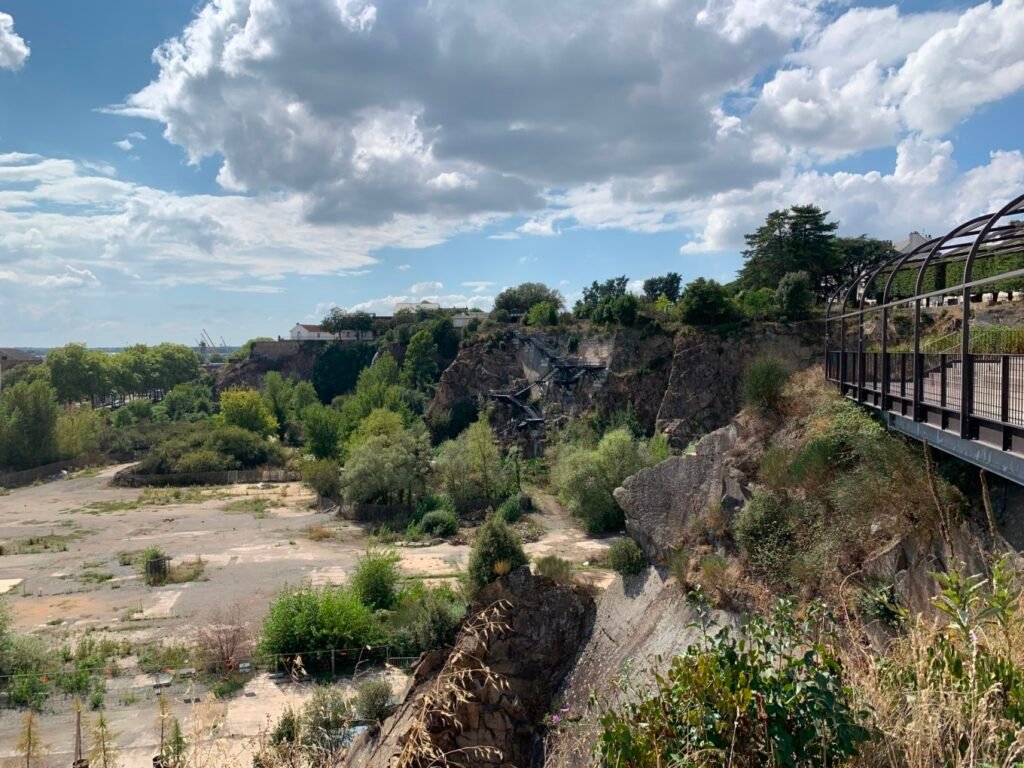
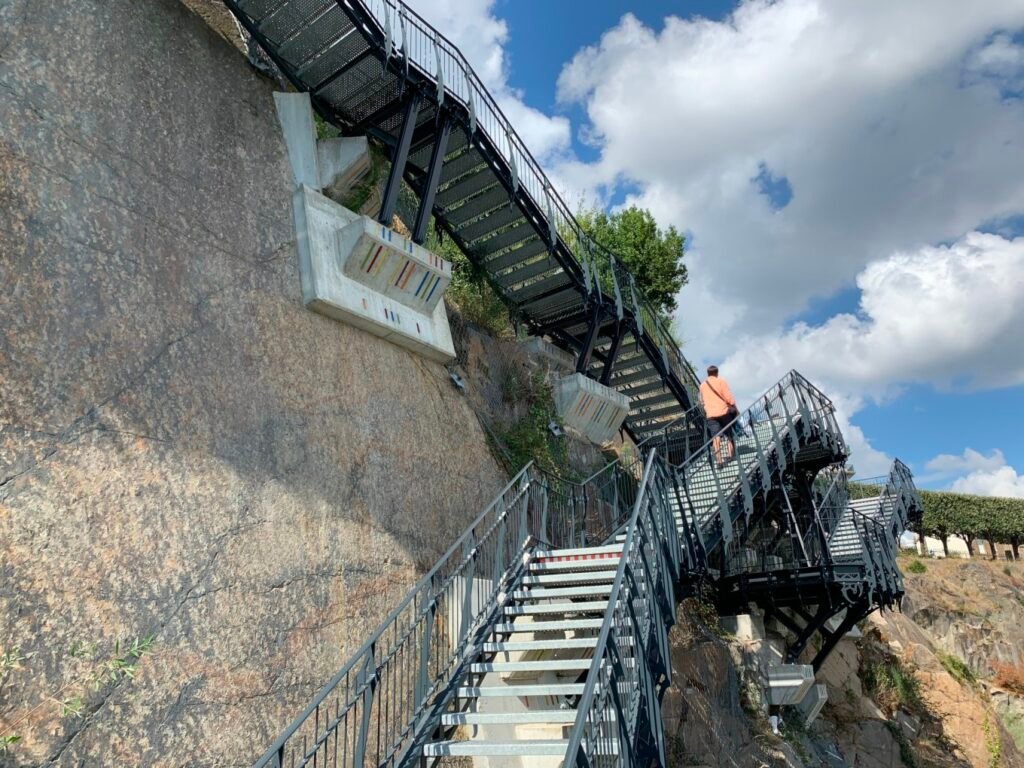
Once you reach the bottom, you’ll find yourself in a “primal” park designed to reflect the environments described in Jules Verne’s works.


Inside, you’ll find simulated forest scenes. I’m not sure if the waterfalls operate during winter, so I recommend visiting in summer. Additionally, I wouldn’t suggest coming on the weekend, as it could get quite crowded. If you’re traveling with children or a group of university friends, the experience will be particularly enjoyable.
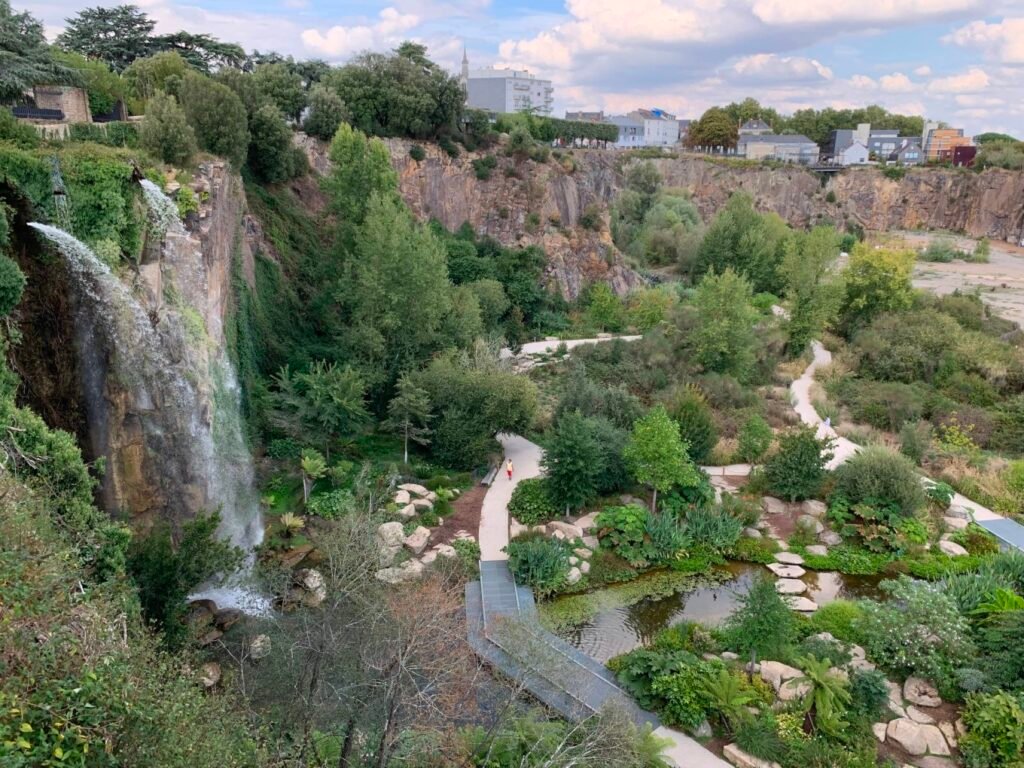

One of the reasons I love Nantes is that it feels vibrant and lively. Unlike Paris, where you mostly see either very young children or adults in their 30s, Nantes is full of teenagers and young people, bringing an energy and vitality that makes the city feel truly alive.
Quai de la Fosse
Next, head down from the park and follow the river along Quai de la Fosse back to the city center. This stretch feels vibrant and is perfect for running or walking.
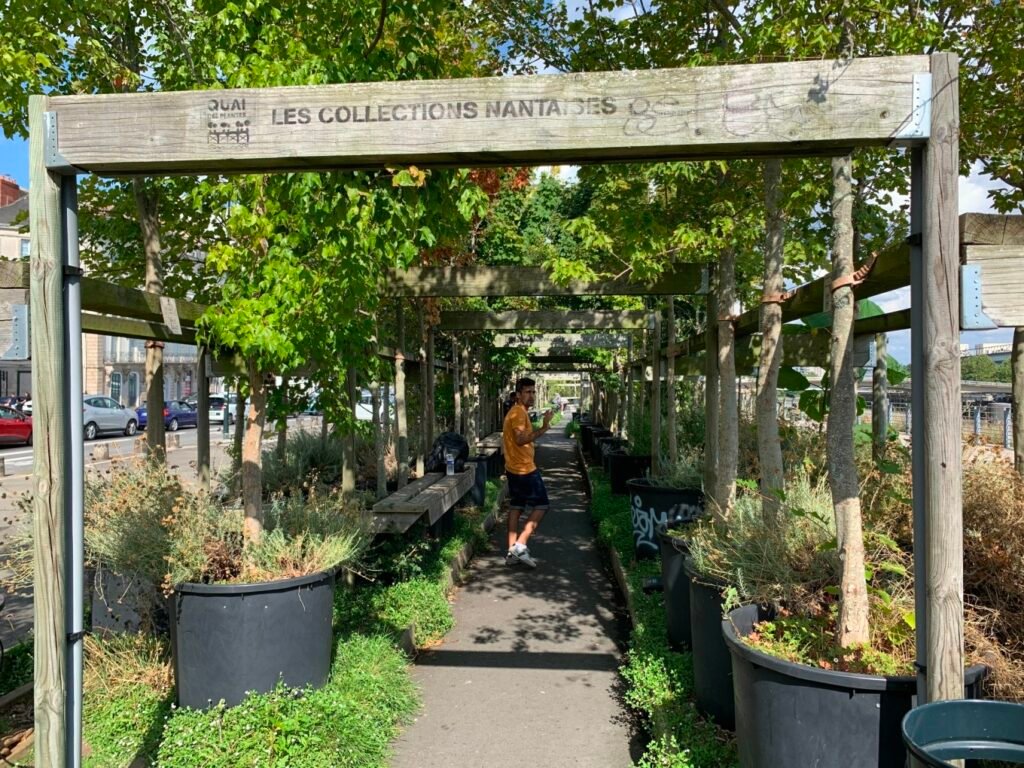

However, in the garden on the other side of the river, it can feel a bit unsafe, with groups of people who seem like “unemployed youths” gathering in small crowds.
Passage Pommeraye
Near the theater, you’ll find the shopping street Passage Pommeraye. If you have time, it’s definitely worth exploring. It’s a beautiful place, with many local Nantes delicacies, although most are quite sweet. Tasting one or two is still a nice experience.



Right outside the shopping arcade is the Place Royale, with a church located nearby.
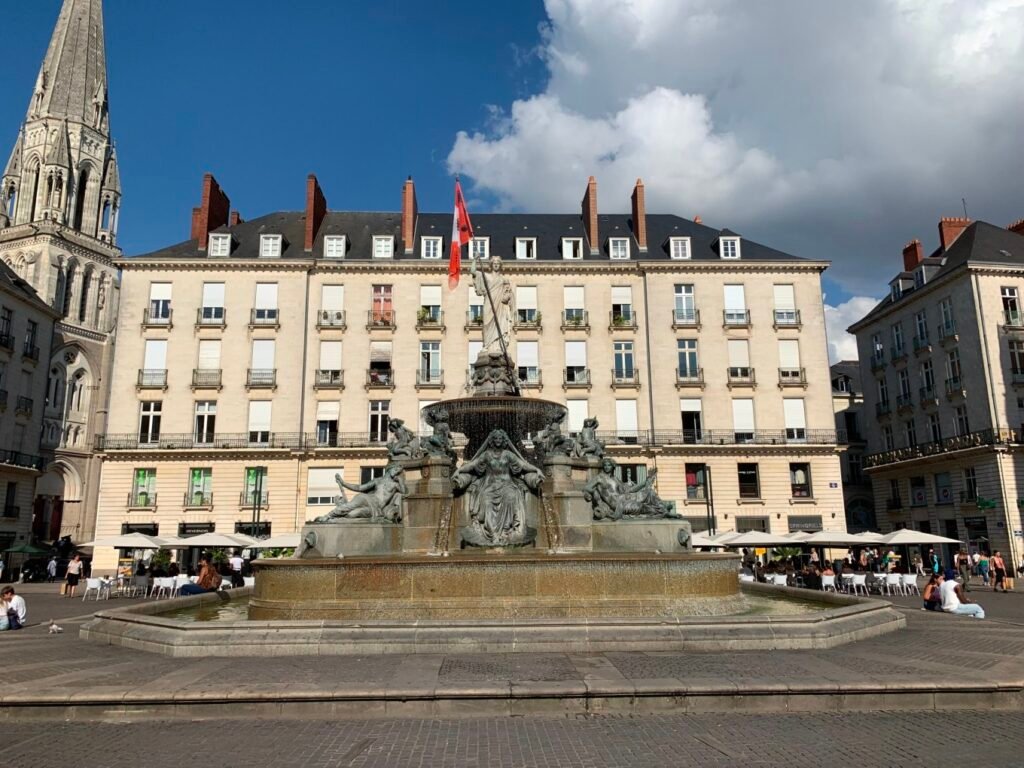
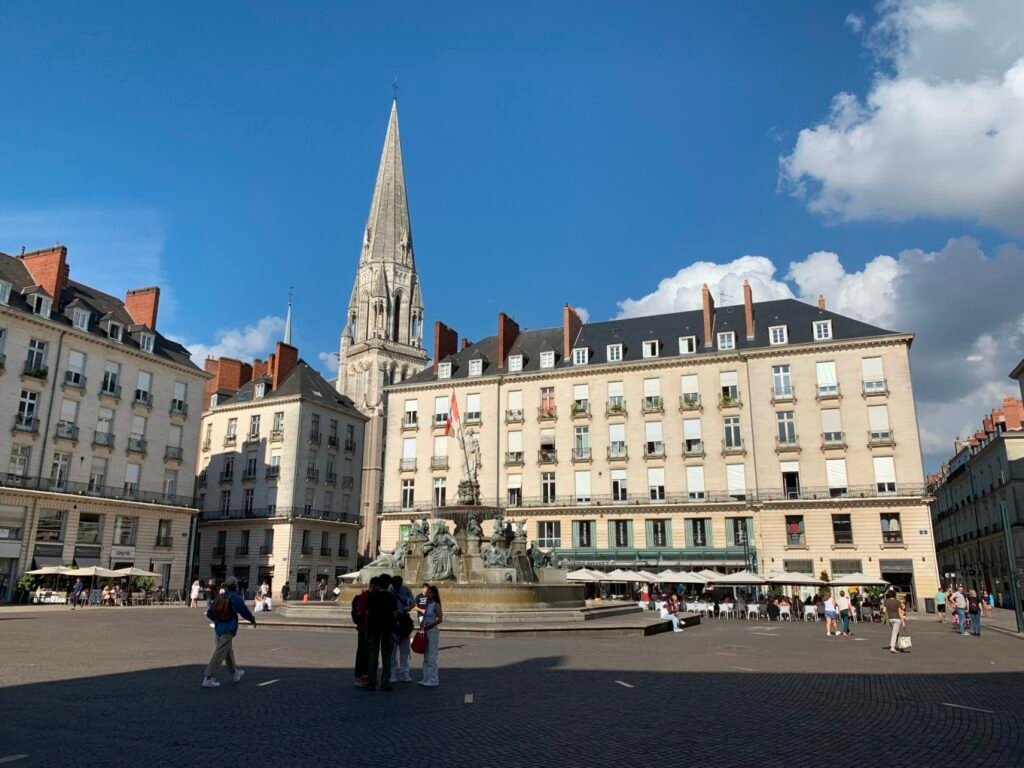
Even with just an afternoon visit, Nantes gave me a sense of vibrancy and energy. This liveliness is evident in the city’s lush greenery and the many young people and teenagers you see around.
It feels like the city is showing the world that, despite the loss of its past prosperity (like the slave trade and the Edict of Nantes), it’s still thriving with innovation (in environmental and living conditions). Nantes remains a city that can’t be overlooked.


